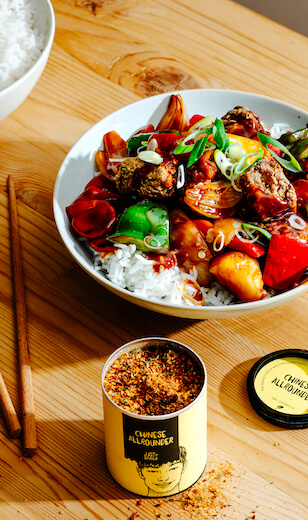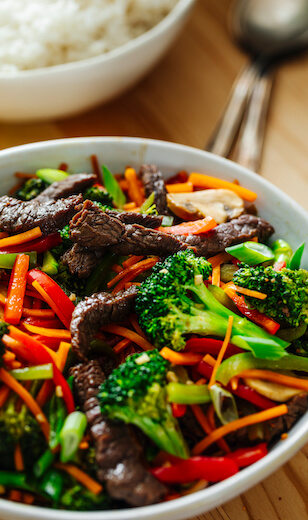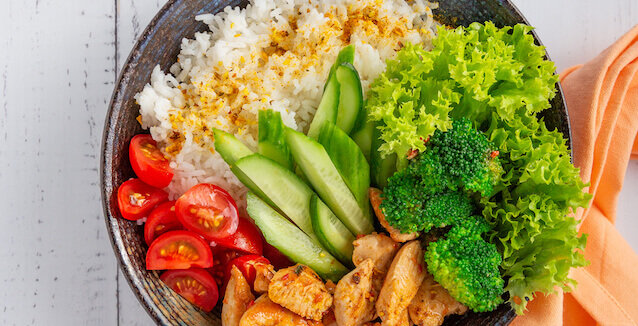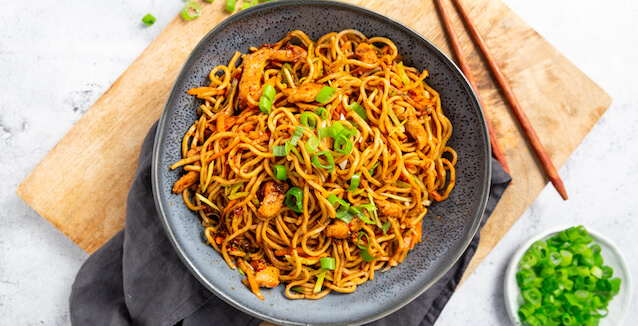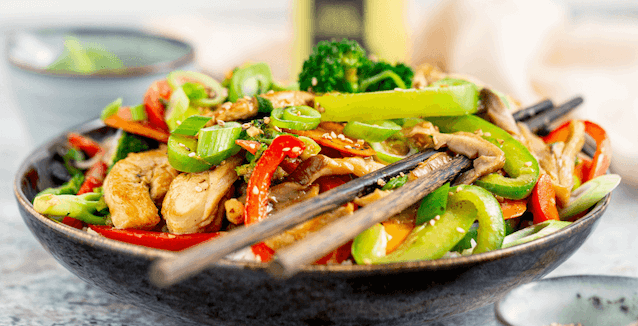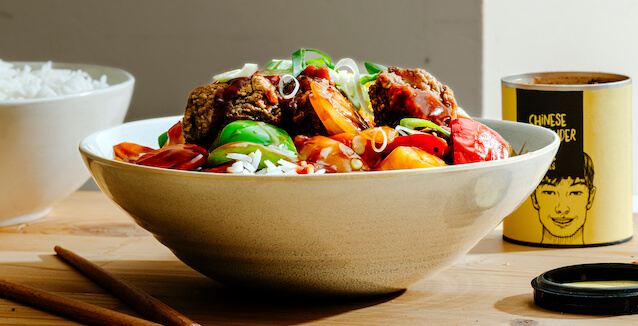
Trends
The Year of the Dragon: Chinese New Year
January 18, 2024
How much do you know about Chinese food? Chinese cuisine, with its vast history and diverse flavours, has become a staple in the UK's food scene. The culinary traditions have evolved and been adapted, making a significant mark on British taste buds. From Chinatowns across the country to the common sight of takeaway menus, Chinese food has become a key part of our culinary landscape, celebrated for its variety, flavour and adaptability. The blend of traditional Chinese techniques with local ingredients shows a successful mix of cultures, making Chinese cuisine a favourite choice for home cooking and takeaway.
Top spices for Chinese food
How to season Chinese food
Authentic Chinese cooking relies on the careful use of spices and seasonings, each adding a unique dimension to dishes. Typical spices include ginger, garlic and five-spice powder, which are vital in creating the authentic flavours that define Chinese cuisine. As China’s culinary landscape is as vast as its geography, different areas focus on different main spices, seasonings and flavours.
Our celebrated Chinese Allrounder is characterised by its similarities to Chinese five-spice and can therefore be used alone or in combination with other spices and seasonings to give authentic Chinese flair to your dishes.
Star anise, with its sweet, liquorice-like aroma, is essential across mainland China in braises and stews.
Sichuan pepper, known for its tingling numbness, is crucial in Sichuan cuisine, giving dishes a distinct, bold flavour.
Moving south, Cantonese cuisine is known for its lighter, more delicate flavours. The focus here is on fresh ingredients and minimal seasoning, with techniques like steaming and stir-frying to enhance the food’s natural taste.
Then there’s Shanghai, where the cuisine is sweeter and often cooked in a rich, dark soy sauce. Seafood features prominently thanks to its coastal location.
Favourite Chinese dishes
In the UK, certain Chinese takeaway dishes are always first choice. Sweet-and-sour chicken, a perfect mix of tangy and sweet, is a favourite among many. Try our sweet-and-sour pork for a delicious recipe using our Chinese Allrounder, and you can sub chicken for pork easily if you wish. Beef in black bean sauce is another favourite, offering a strong, savoury flavour.
How to cook Chinese food at home
Cooking Chinese food at home can be a rewarding experience. Key tips include using traditional techniques such as stir-frying and steaming, as well as adapting recipes to using local ingredients. Easy-to-follow recipes for popular dishes like beef stir-fry, Chinese dumplings and rice noodle bowls can be found in our recipe world, allowing you to recreate the authentic flavours of Chinese cuisine right in your kitchen. This approach not only brings the essence of home-made Chinese cuisine to life but also allows for a deeper appreciation of this rich culinary culture.
Uncut noodles represent a long life at Chinese New Year, and noodles are a great way to incorporate Chinese cooking into your usual meal planning. This recipe for egg-fried noodles is a quick and easy lunch for two, or a side dish in your Chinese New Year feast.
Udon noodles might be more at home in Japanese cuisine, but they are also delicious here in our udon noodle bowl, along with broccoli, mushrooms and smoked tofu.
Try our chicken and sticky rice, representing togetherness and unity – perfectly seasoned with our Chinese spice mix.
Chinese dumplings are another go-to choice, and this recipe couldn’t be simpler. Use store-bought dumpling pastry and add a home-made filling of traditional pork, prawn and mushroom. These little parcels are said to represent wealth and prosperity at Chinese New Year.
Chicken and vegetable stir-fry, coated in a delicious sauce, will always go down well with the whole family. Add rice for a more filling dish, or keep it low-carb if that suits your diet.
Velveted chicken: How to make stir-fried meat tender
Have you ever tried velveted chicken? You have if you’ve ever ordered stir-fried chicken from a Chinese restaurant. This special technique tenderises the chicken beautifully, changing its texture to one of, well, velvet!
How to velvet chicken (or any other kind of meat)
There are actually a few methods to velvet your meat, including oil-blanching, water-blanching and marinading in egg whites, cornflour or baking soda. The quickest and easiest method is with baking soda, in our opinion, which gets you fantastic results with very little effort.
Sprinkle 3/4 tsp baking soda on 250 g raw sliced chicken (or beef).
Make sure everything is well covered, then leave for 30 minutes.
Rinse off the bicarb and pat dry any excess water.
Stir-fry the meat as per the recipe. You can still marinate the meat in spices or seasonings after velveting – the chicken will be tender and silky.
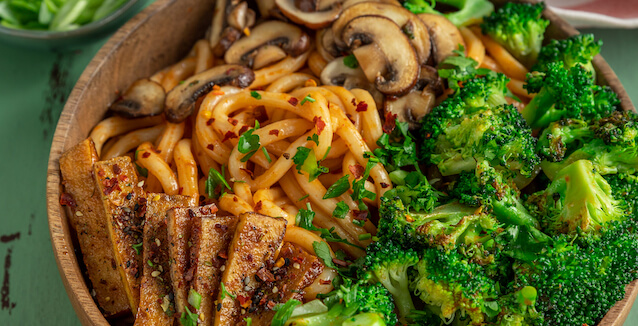

More Asian spices for Indian curries and Thai food
Healthy Chinese cooking
Discover the health benefits of traditional Chinese cooking with our easy tips for healthier meals:
Fresh ingredients: Use fresh vegetables and lean meats, fundamental in Chinese cuisine for nutritious cooking.
Healthy cooking methods: Embrace techniques like steaming and stir-frying, which help retain essential nutrients.
Moderate use of condiments: Opt for less oil, salt and sugar, but more spices and seasonings, to maintain health without compromising taste.
Vegetable-focused dishes: Increase the quantity of vegetables in your meals for a nutrient-rich diet.
Lean proteins: Incorporate lean proteins such as chicken to keep dishes light yet fulfilling.
Whole grains for balance: Use whole grains to transform takeaway favourites into wholesome, satisfying meals. Sub brown rice for white and wholewheat noodles for normal ones in your chicken chow mein.


Chinese New Year celebrations
Celebrating Chinese New Year is a lively and enriching experience. Traditionally marked with festivities like dragon dances, special meals and red decorations symbolising good luck, it’s a time for honouring cultural heritage. In many cities, you will find events and activities, from colourful parades in Chinatown areas to themed culinary experiences in local restaurants. It’s an opportunity to immerse yourself in Chinese traditions, enjoy traditional foods and embrace the festive spirit of this significant cultural celebration.




